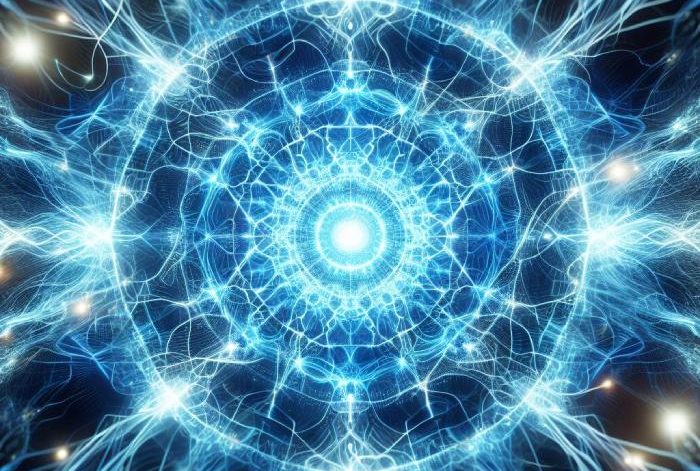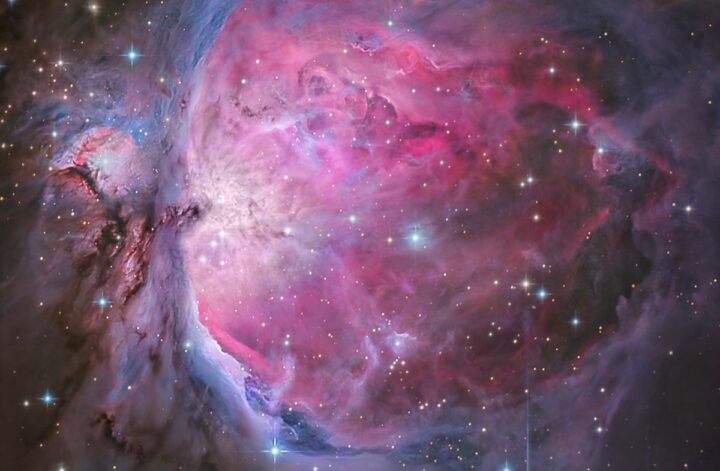Is memory inherent in nature?
How do pigeons find their way back home after traveling miles away?
If I look at you from behind and you don’t know I’m there, could I affect you? Could you feel my gaze?
Is there a shared database where similar organism can tap into that guide their actions/behavior?
- The theory developed by Rupert Sheldrake is important idea that can serve as an entry point into seeing nature in a manner that goes beyond the bounds materilism – metaphysical frameworks.
- Since the 19th centuary, science has been conducted under the aspect of a belief system which is essentially that of materialism; philosophical materialism.
- There is a conflict in the heart of science between science as a method of inquiry based on reason, eveidence and collective investigation, and science as a belief system or world view.
- The world view of most educated people over the world can be sumed into:
- Nature is mechanical or machine like – nature, animals, plants are like machines. humans are like robots with brains that are genetically programmed computers.
- Matter is unconscious – the whole universe is made up of unconscious matter. there’s no consciousness in stars, galaxies, planets, and they ought not to be any in us if the theory is true. A lot of philosophy of mind over the last hundreds of years has been trying to prove that humans are not conscious at all.
- The laws of nature are fixed – the laws of nature are the same as they were at the time of the big bang and they will be the same forever.
- The total amount of matter and energy is always the same – it never changes except at the moment of the big bang when it sprung into existance from nowhere in a single instance.
- Nature is purposeless – there are no purpose in all nature and evolutionary processes has no purpose or direction.
- Biological hereditary is material – everything you inherit is in your genes or in epigenetic modification of the genes, or in cytoplasimic inherritance – its material.
- Memories are stored inside your brain as material traces – somehow everything you remember is in your brain in modified nerve endings, phoshorylated proteins, no one knows how it works. but nevertheless almost everyone in the scientific world believes it must be in the brain.
- Your mind is inside your head – all your consciousness is the activity of your brain, nothing more,
- Pyschic phenomena like telepathy are impossible – your thoughs and intentions cannot have any effect at a distance because your mind’s inside your head. therefore all apparent evidence for telepathy and other psychic phenomena is illusory.
- mechanistic medicine is the only kind that really works – that why governments only fund research into mechanistic medicine and ignore complementary and alternative therapies .
- Unfortunately the world view aspect of science has come to inhibit and constrict the free inquary which is the very lifeblood of scientific endevors.
- Every one of these dogmas is very questionable, they all fall apart.
- The laws of nature being fixed is a hangover from the older world view , before 1960, when the big bang theory came in, people though that the whole universe was eternal, governed by eternal mathematical laws, when the big bang came in that assumption continued even though the big bang revealed a universe that is adically evolutionary – 14 billion years old growing, developing, evolving, and cooling with more structures and patterns appearing within it .
- Well in an evolutionary universe, why shouldn’t the laws themeselves evolve?
- after all humans laws do, and the idea of laws of nature is based on a metaphor within human laws – to say that a stone falls to earth because it’s obeying a law makes it a man/citizen.
- In an evolving universe a better metaphorical idea is the idea of habbits – the habits of nature evolve; the regularities of nature are essentially habitual – Morphic Resonance hypothesis – which is a basis of these evolving habits.
- Everything in nature has a collective memory, resonance occurs on the basis of similarity. As a young giraffe embryo grows in it’s mothers it tunes in to the morphic resonance of previous giraffes. it draws on that collective memory; it grows like a girraffe, and behaves like a girraffe, because it’s drawing on this collective memory. It has to have the right genes to make the right proteins.
- Every species has a kind of collective memory. even crystals do. the theory predicts that if you make a new kind of crystal for the first time, the very first time you make it, it won’t have an existing habit. but once it crystallises, then the next time you make it, there will be an influence from the first crystall to the second ones, all over the world by morphic resonance.
- There is good evidence that new compounds get essier to crystallise all around the world as the theory predicts.
- It also predict that if you train animals to learn a new trick, then animals all around the world should learn the same trick quicker.
- Everything depends on revolving habbits not fixed laws.
- The fundamental constants – are they really constant ? – Speed of light, Gravity e.t.c. there is evedence that i.e. gravity changes throught the day and the year – what if earth, as it moves through the galactic environment goes through patches of dark matter or other enironmental factors that could alter it – a dogmatic assumption may actually inhibits enquiry i.e. G is constant.
- The nature of the mind is the most unsolved problem – science simply can’t just deal with the fact we’re consious – it can’t deal with the fact that our thoughts don’t seem to be inside our brains
- our minds are extended beyound our brains in the simplest act of perception – your image of someone doesn’t seem to be inside your head – your experience is inside your brain.
- we project out the images we’re seeing, and these images touch what we’re looking at.
- prey animals that could feel the gaze of a preditor would survive better that those that couldn’t
- The laws of nature being fixed is a hangover from the older world view , before 1960, when the big bang theory came in, people though that the whole universe was eternal, governed by eternal mathematical laws, when the big bang came in that assumption continued even though the big bang revealed a universe that is adically evolutionary – 14 billion years old growing, developing, evolving, and cooling with more structures and patterns appearing within it .
- In the 21st centuary we know very little about our own minds that where our images are is a hot topic of debate within consciousness studies.
- If we question these dogmas, new form of research, new possibilities open, as we question these dogmas that have held back science so long, science will undergo a refloweing, a renaisance and become more interesting.
- Morphic resonance offers a radical perspective on how life and nature might be interconnected through non-physical fields that carry a form of collective memory, influencing how organisms and systems evolve and behave over time.




